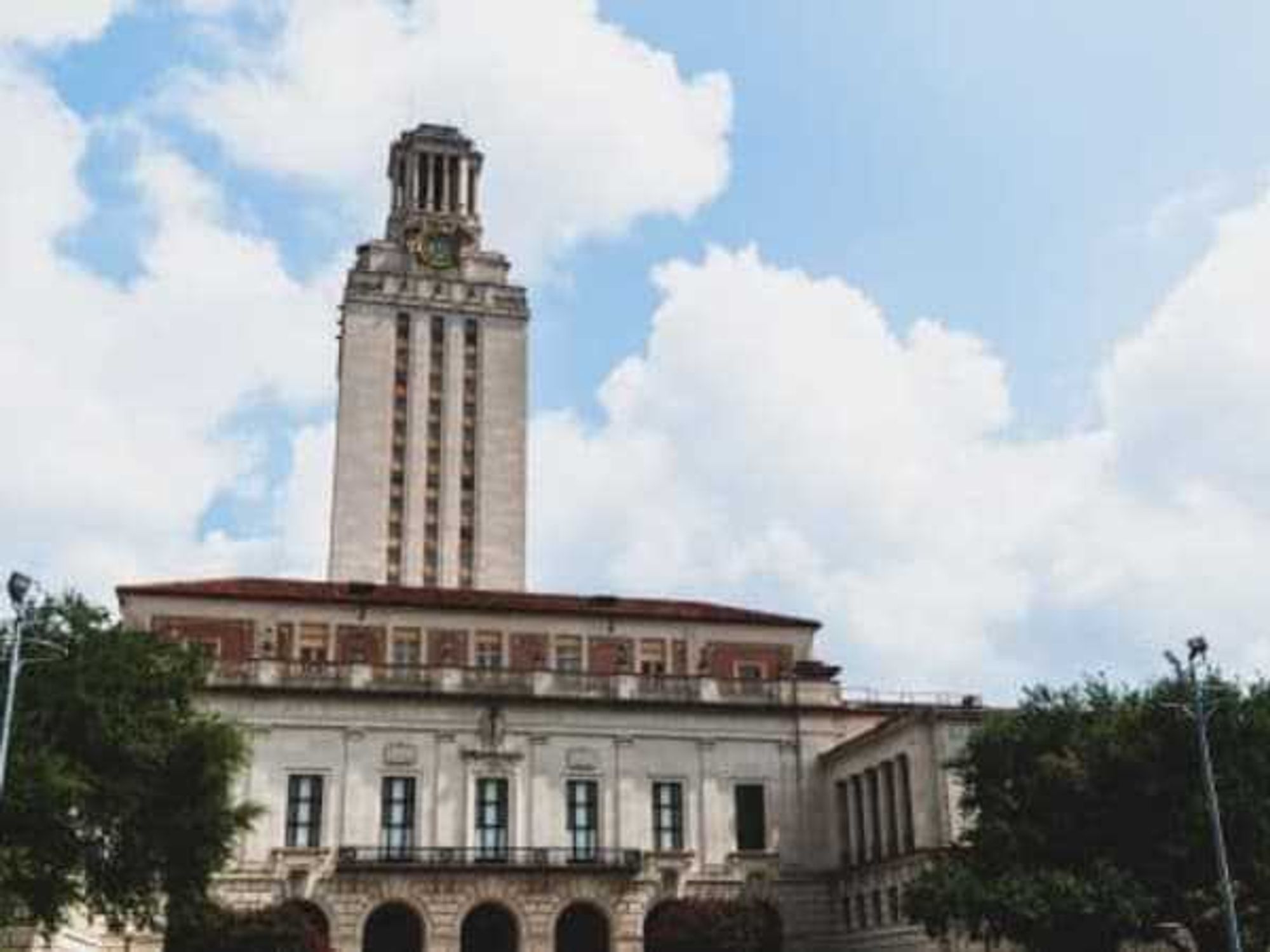Outdoors in Austin
Austin's best-kept secret is always on display in Pease Park

Tall trees line the trail winding along Shoal Creek south from West 24th Street toward the open meadows of Pease Park. Shrubs, such as Mexican buckeye along with Turk’s cap, and other flowering plants fill the spaces beneath them, all while river fern drapes from slopes and moss carpets rocks in the shade.
While enjoying the area's natural beauty, visitors may not realize this West Austin park is also harboring a secret. “This is the most biodiverse park in Austin’s urban core, especially at this northern end,” says Heath Riddles, CEO of Pease Park Conservancy, which works to preserve, restore, and enhance the park.
Donated to Austin in 1875 by Governor E. M. Pease and his wife, Lucadia, this land sat largely neglected (and, occasionally, misused) for 50 years until the local Kiwanis Club began making improvements in 1926. Ironically, the years of neglect contributed to the wealth of the plant life here today.
The conservancy also deserves much of the credit. Formed in 2008, much of the organization's preservation work is guided by a master plan adopted by the city council in 2014.
Biodiversity refers to biological diversity or simply the variety of life here on earth. Apart from its aesthetic benefits, greater biodiversity equals a healthier, more resilient landscape that provides more ecosystem services. These services include plant pollination, seed dispersal, climate regulation, water purification and retention, nutrient cycling, and natural control of agricultural pests — services altogether worth trillions of dollars a year. Essentially, biodiversity provides people with air, water, and food.
Greater biodiversity in a landscape also makes it more interesting and enjoyable to look at, walk through, or explore. Pease Park provides ample evidence of this in its plant life alone.
Three types of natural landscapes converge in this park: riparian, woodland, and savanna.
Riparian simply refers to the places along rivers and streams — in this case, Shoal Creek. Pease Park’s riparian areas contain a wealth of plants, from American elm, oaks, cedar elm, and cypress trees to flowering plants, such as Turk's cap, cardinal flower, and goldeneye daisy.
The Live Oak Meadow, Polecat Hollow, and Big Field at Kingsbury Commons sections of the park represent savanna landscapes. The variety of native plants in these include grass species, such as bluestem, Indian grass, switch grass, and gamagrass. Ecosystem services provided by grasslands include control of water flow, quantity, and quality; erosion control; and carbon storage.
Woodland areas include the Bluffs in the northern part of Pease Park and the Hillside in the south. These feature oaks, mesquite, and Texas ash trees, and understory trees and shrubs such as aromatic sumac, catclaw, Lindheimer's silktassel (in the Bluffs), Mexican buckeye, Mexican plum, Texas mountain laurel, and Texas redbud. The flowering plants include black-eyed Susan, Indian paintbrush, and bluebonnets.
A variety of wildlife from tiny insects to reptiles, amphibians, birds, and mammals inhabit each of these landscapes as well, adding to the overall biodiversity.
Maintaining this biodiversity requires more than benign neglect these days. Thirty-two invasive plant species can currently be found in Pease Park. The most problematic of these are Arundo (giant cane); Ligustrum species (Chinese privet, Japanese privet, and small leaf privet); bamboo; catclaw vine; Chinaberry; Mexican petunia; and Chinese tallow.
Though the conservancy conducts ongoing removal of these invasive plants where possible, Austin homeowners and landscapers can help make that job easier by not planting these species, many of which spread far and wide.
The conservancy also actively establishes native vegetation, focusing on plants and plant communities that naturally evolved in the area and adapted to its variability. (The list of specific recommended plants in Appendix 5 of the master plan makes for a handy guide for Austinites looking to add diversity to their yards.)
To establish the vegetation, seeds and plants are sourced from Texas, preferably Central Texas, as those are more likely to thrive in the park. Experienced professionals or volunteers then provide 3-5 years of care to help plants become fully established.
“I don’t know of another park that has such a unique ecological convergence right in the city,” says Riddles. “You don’t have to go to five different parks or preserves to see all this diversity.”
